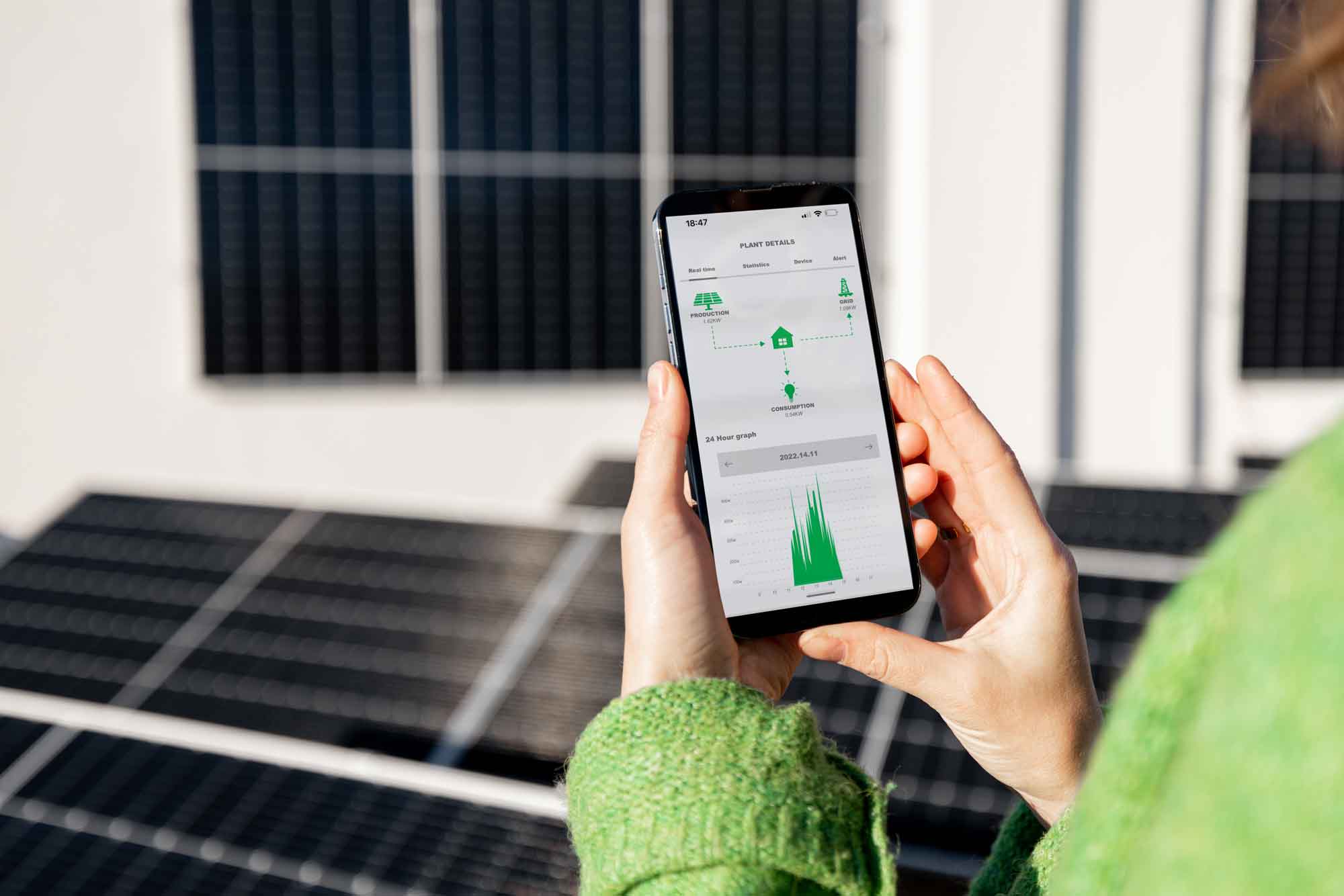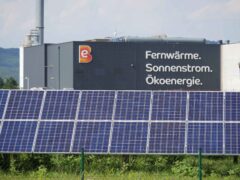Intelligent electricity meters in households are providing a basis for various new applications in the energy system. Smart meters are connected to the respective grid operator via a communication link and offer new possibilities for automated data collection and analysis. With the temporal resolution and delay in the provision of the data, however, many applications that would require real-time data cannot be implemented yet. Smart meters presently measure and save the electricity consumption on the device every 15 minutes. These values are added up for each day, and this daily electricity consumption is automatically transmitted to the electricity grid operator. If desired, the electricity consumption values can also be sent to the grid operator at shorter intervals (but not faster than every 15 minutes).
New hardware solution for real-time services
Grid operators are currently working on a standardised hardware solution that will convert smart meter data into a uniform format and make them available via an interface. The aim is to create a low-cost hardware environment for real-time services that connects end users, energy suppliers and distribution network operators. The solution should be transferable to all systems that can be based on the standardised near-real-time smart meter interface.
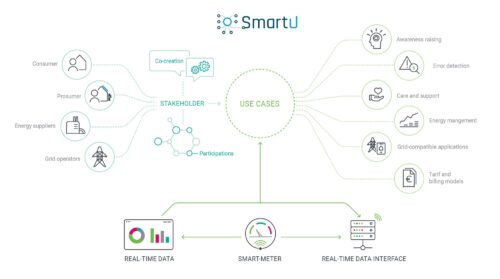
Demonstrate specific applications
In the SmartU1 research project of Forschung Burgenland GmbH, specific use cases are being developed in a participatory process that require high data resolution and timely availability of smart meter data. For the first time, interacting applications will be demonstrated, in parallel and holistically, in real-life situations and their technical, economic, and social impacts will be analysed. The different applications took into account energy supply companies, grid operators and end-users (both pure consumers and prosumers, i.e. households that also generate their own energy). Possible applications range from the visualisation of data (in order to create more awareness for the households’ own consumption) and integration into energy-relevant processes using Demand Side Management (DSM) or Demand Response (DR) to security and convenience features. With Demand Side Management, consumer-side systems are controlled directly by the energy supply company or grid operator via ripple control receivers, for example, while Demand Response relies on the independent change in consumer behaviour through incentives, such as price signals. These functions make it possible to achieve greater grid stability. The goal is to develop 15 specific real-time applications and to demonstrate at least eight of them. Furthermore, the project team wants to develop a standardised user interface as well as various rollout plans for the broad implementation of the solution. 225 end-users, i.e. Austrian households, are to be involved. werden.
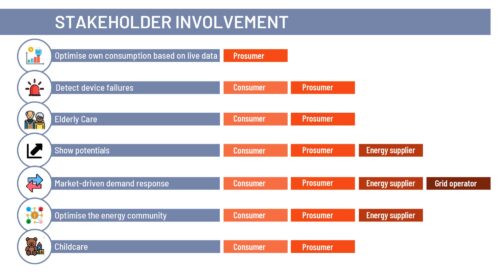
Energy feedback in real time
Real-time information about one’s own electricity consumption has the potential to create awareness among consumers and motivate them to rethink their consumption behaviour and household activities. The project’s user-centred approach aims to reach the population at large with these solutions. In particular, households with photovoltaic systems can benefit economically from these services by incorporating the real-time data from the smart meters into their own consumption optimisation. The applications will offer particular added value by helping energy communities to operate efficiently.
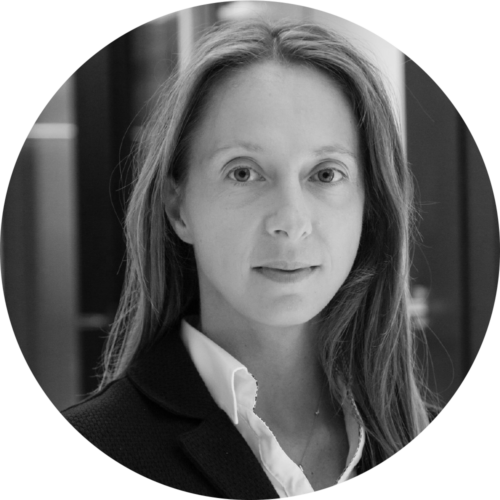
„Digitalisation plays a key role in the energy system of the future. Many different energy sources must be intelligently integrated into the overall system and new types of tariff models for producers and consumers implemented. The individual sectors and industries must be increasingly interlinked in order to utilise all existing potentials and boost efficiency. Data-driven processes and digital technologies are therefore also a focus of innovation in the Green Energy Lab’s project portfolio, which is not only examined technologically, but also with regard to user requirements – see for example energy communities.untersucht wird.“
Susanne Supper
Cluster Manager, Green Energy Lab
greenenergylab.at/projects/smartu
1Project partners: Forschung Burgenland GmbH (project management),
Burgenland Energie AG, Wien Energie, EVN AG, EVN KG, BEENIC GmbH
The SmartU project is being carried out under the research initiative Green Energy Lab as part of the Flagship Region Energy innovation offensive.
www.greenenergylab.at
